Creating a Bird-Safe Home: Toxic Plants and Household Hazards
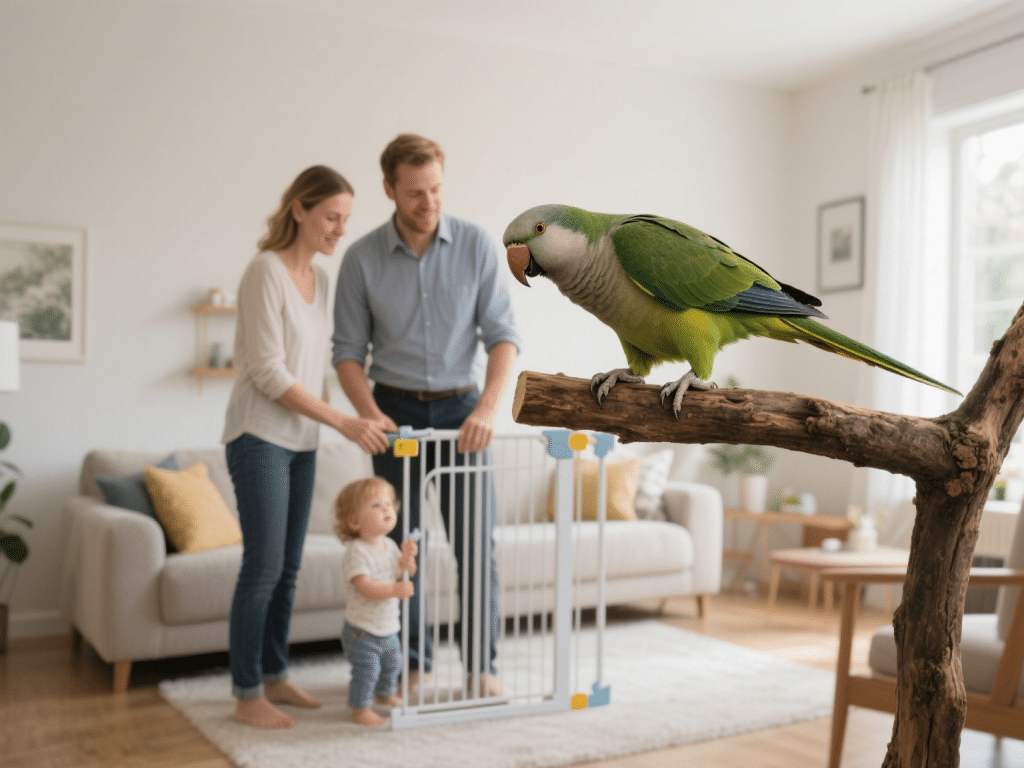
Pet birds bring color, song, and intelligence into our homes—but their curious nature and delicate physiology mean many common items pose hidden threats. As an avian specialist and licensed zoological educator, I’ll share evidence-based guidelines to transform your living space into a sanctuary free of toxic plants, fumes, and other hazards.
Why Birds Are Uniquely Sensitive
Efficient respiratory system: Highly vulnerable to airborne toxins.
Beak exploration: Testing objects by chewing increases ingestion risk.
High metabolism: Rapid toxin absorption.
Top 10 Toxic Plants to Remove Immediately
Aloe vera
Dieffenbachia (dumb cane)
Oleander
Philodendron
Lily of the Valley
Pothos
Sago Palm
English Ivy
Tulip
Azalea
(Even small nibbles can cause cardiac or renal failure.)
Other Household Threats
Nonstick cookware fumes: Teflon off-gassing at high heat leads to “Teflon toxicosis,” often fatal within minutes.
Aerosol sprays & scented candles: Volatile organic compounds irritate avian lungs.
Open windows & ceiling fans: Risk of collision or wing trauma.
Heavy metals: Lead from old paint chips; zinc from galvanized cages.
Step-by-Step Safety Audit
Room-by-room walkthrough: Use a checklist to identify hazards.
Replace toxic plants: Choose bird-safe alternatives like spider plant or Boston fern.
Upgrade cookware: Switch to stainless steel or cast iron.
Use non-toxic cleaning supplies: Vinegar and water solutions over harsh chemicals.
Install protective barriers: Mesh screens on open windows; cover ceiling fans.
Enrichment in a Hazard-Free Zone
Natural wood perches: Untreated branches free of toxins.
Foraging toys: Hide millet sprays in safe, paper-wrapped puzzles.
Soft lighting: UV-safe full-spectrum bulbs for vitamin D synthesis.
Monitoring & Emergency Preparedness
Keep the number of a local avian emergency vet on hand.
Observe daily behaviors: sudden fluffed feathers, labored breathing, or lethargy signal urgent care.
Conclusion
Creating a bird-safe home requires diligence, but the reward is a thriving, curious companion who can explore freely without unseen dangers. By eliminating toxic plants, fumes, and physical hazards, you uphold your flock’s health and happiness—true hallmarks of an expert caregiver.
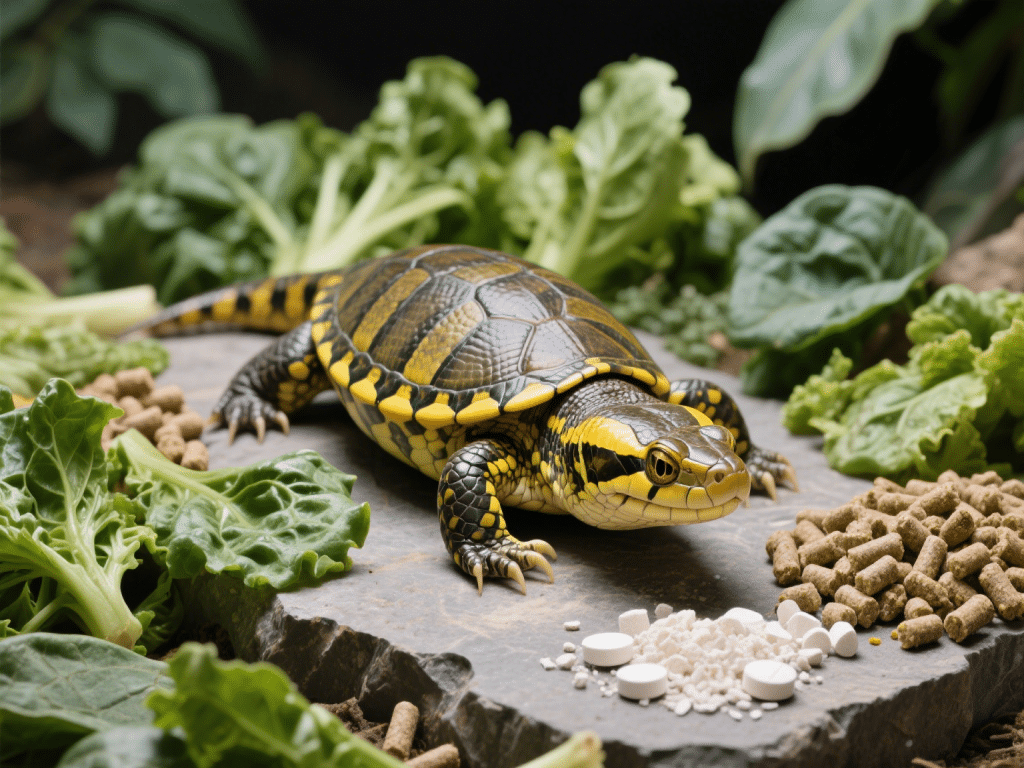
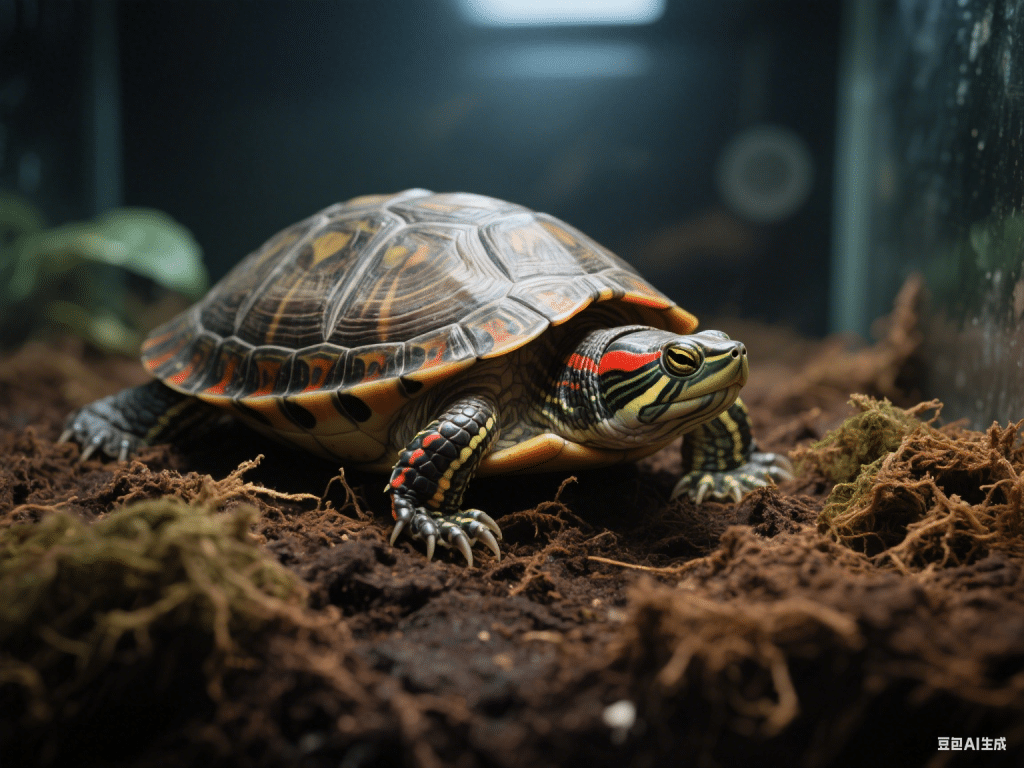
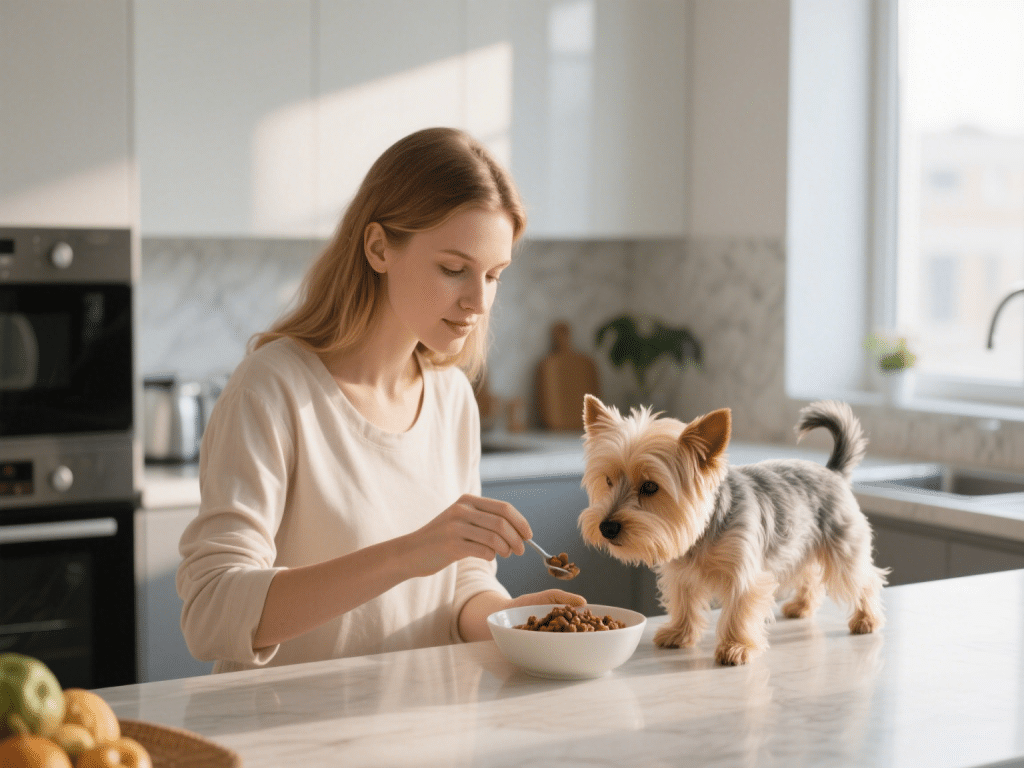
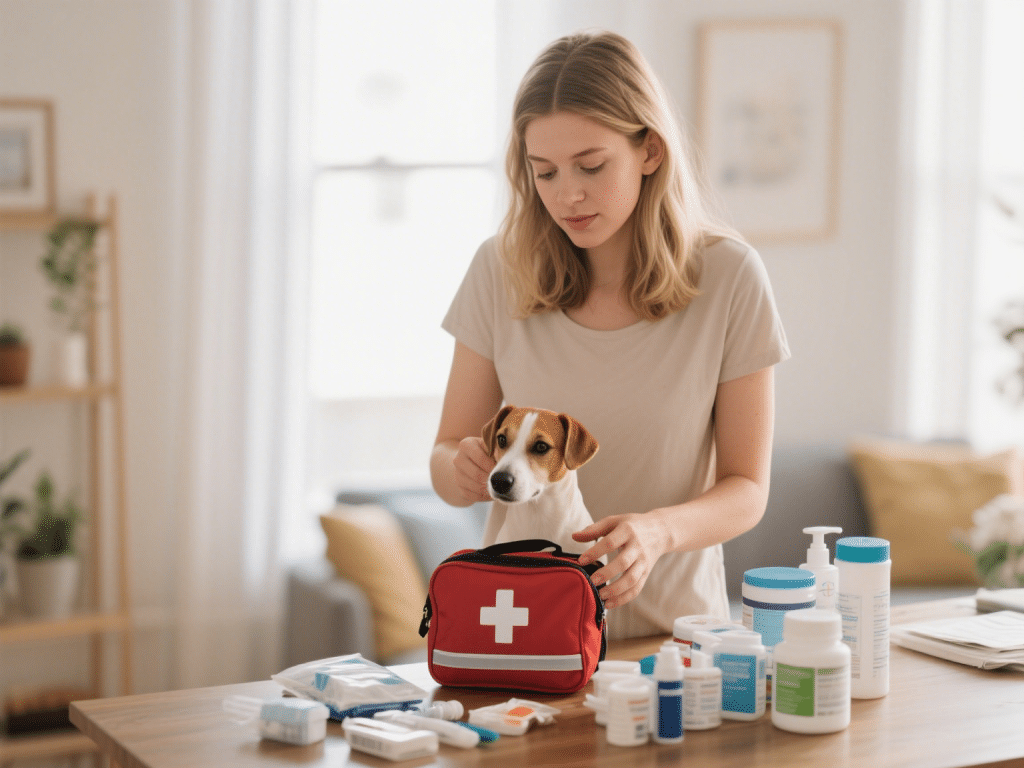
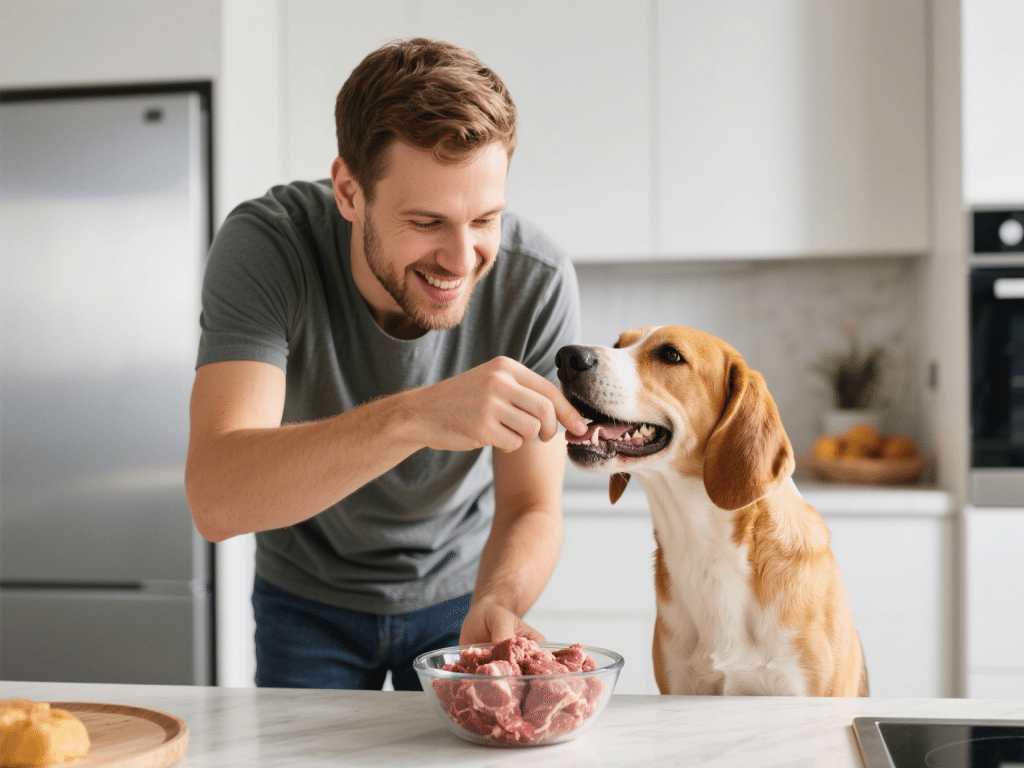

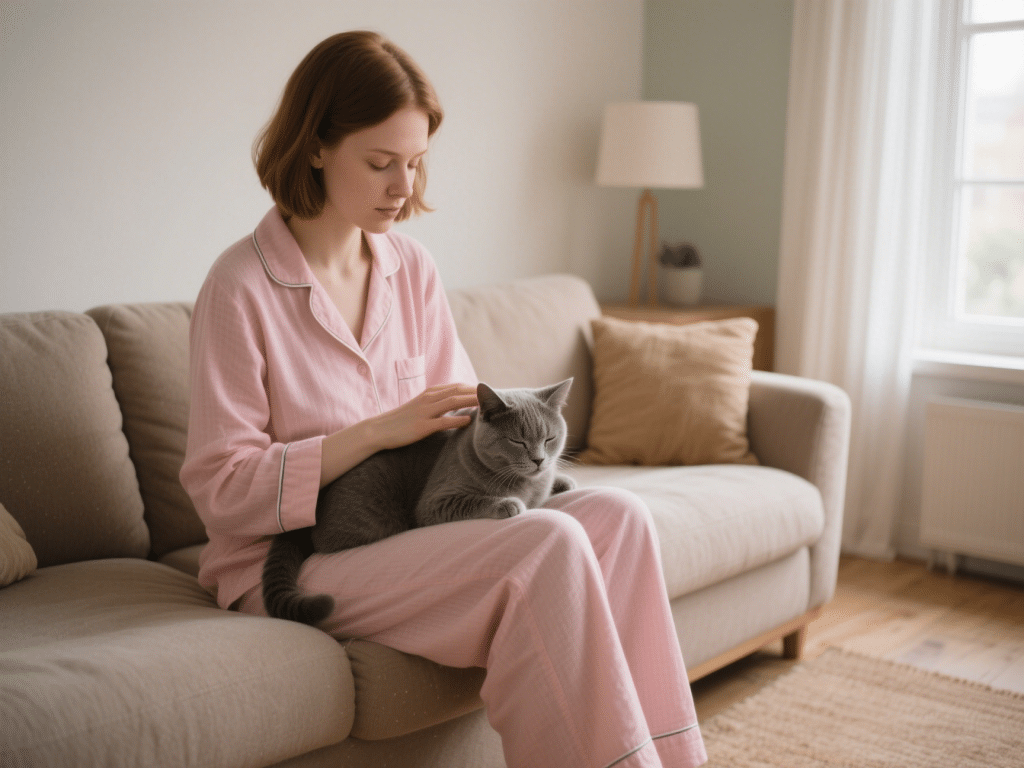
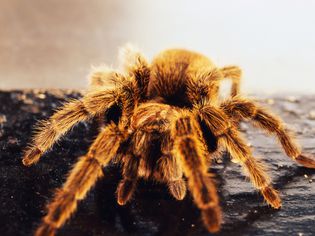
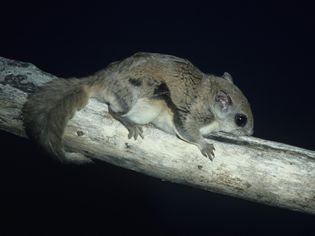
Comments on "Creating a Bird-Safe Home: Toxic Plants and Household Hazards" :